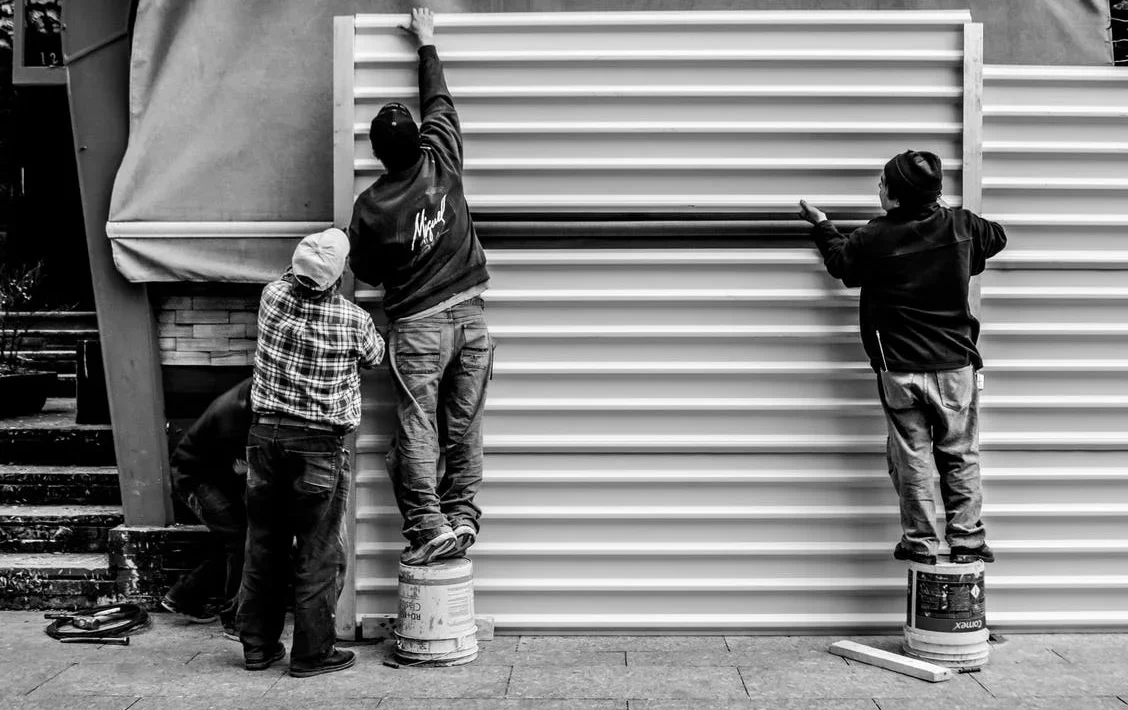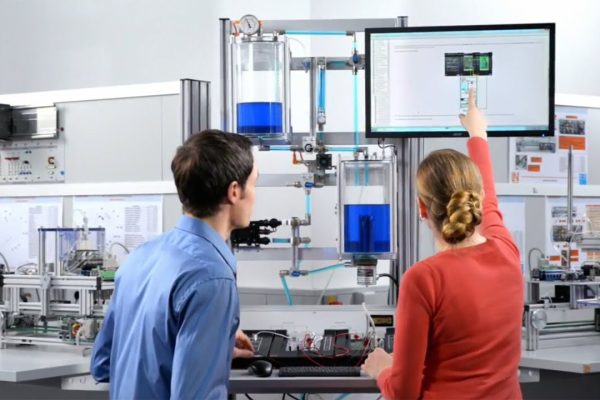Regardless of the custom business signs Cincinnati or the kind of job done, every employer must ensure the safety and health of their employees. Electrical risks and the perils of construction machines put construction sites workers at risk daily.
These disturbing numbers show that proper safety precautions must be taken on a building site and that the construction team must be protected against deaths. For more information, get in touch with the Albany construction accident lawyers.
SAFETY MEASURES FOR CONSTRUCTION SITES
- With A Safety Training, You Can Better Manage And Mitigate Risk- CONSTRUCTION SITES
All construction workers must be taught and informed on how to identify high-risk locations to provide adequate emergency management in a disaster. Even though it is hard to remove the danger, training programs may teach site employees to do frequent safety checks. As a result, they will be more equipped to identify and resolve possible hazards and accidents, resulting in a more secure working environment.
2. Ensure Construction Site Electrical Safety
One construction worker is killed by electrical shock every day in the United States, making it the fourth most prevalent cause of death. The use of electricity on construction sites, especially when involving electrical transformers, calls for careful consideration of safety and efficiency. To explore current transformers that enhance safety and efficiency, visit Automation24.com.
There are many ways to keep building sites safe from electricity:
- To keep construction workers safe, overhead and underground power transmission cables need to be grounded, all electrical building items must be insulated, and all heavy equipment must be de-energized while it isn’t in use.
- All extension cables should be checked to make sure they are suitable for the amount of electricity they carry. UL-approved strain relief and a three-prong grounding plug are required for all electrical construction devices.
- Using a transformer to separate the voltage between conductors is vital when using a portable electrical device in a damp environment.
A GFCI should be used to prevent ground-faults in electrical construction equipment.
3. Strict Protection And Stability Rules Should Be Enforced
Construction site access should be restricted to safeguard heavy gear and equipment from theft and damage. Pedestrians must be closely monitored while construction to ensure their safety from any threats. There should be rigorous security standards to prevent contractors from being held responsible for any accidents or injuries that occur as a result of a lack of attention to safety.
4. Establish A System For Evaluating The Safety Of Your Workplace
A Safe Work Method Statement must be created and executed before starting any high-risk projects—the extent of the work, any associated risks, and any mitigation strategies. When the SWMS requirements are satisfied, the building should not begin.
5. Strictly Adhere To Chemical Storage Safety Regulations
If chemicals are not correctly stored, handled, or utilized, they may cause pollution, fire, explosion, and catastrophic injury. When chemicals are stored in high-quality containers, there is less possibility of spills and deaths.
6. Construction Site Signage Must Be Visible
The Mitigation strategy must be prominently posted across the building site to ensure that all safety precautions are readily apparent. A phone number and a map of the office should also be included. Emergency exits, first aid supplies, and fire extinguishers should be marked on the building’s signage.
7. Adverse Environmental Factors Should Be Anticipated And Prepared For
On building sites, bad weather may lead to significant mishaps. In the event of harsh weather conditions or natural catastrophes, every construction site should have a contingency plan that instructs personnel on how they should proceed in the event of an emergency.
8. Properly Equip Yourself With Safety Gear
Employers are expected to provide their workers with the necessary personal protective equipment, such as safety harnesses, glasses, helmets, and fall protection, depending on the nature of their work.
These safety suggestions are an excellent beginning point for developing a safety program and guaranteeing electrical safety on building sites, respectively.





